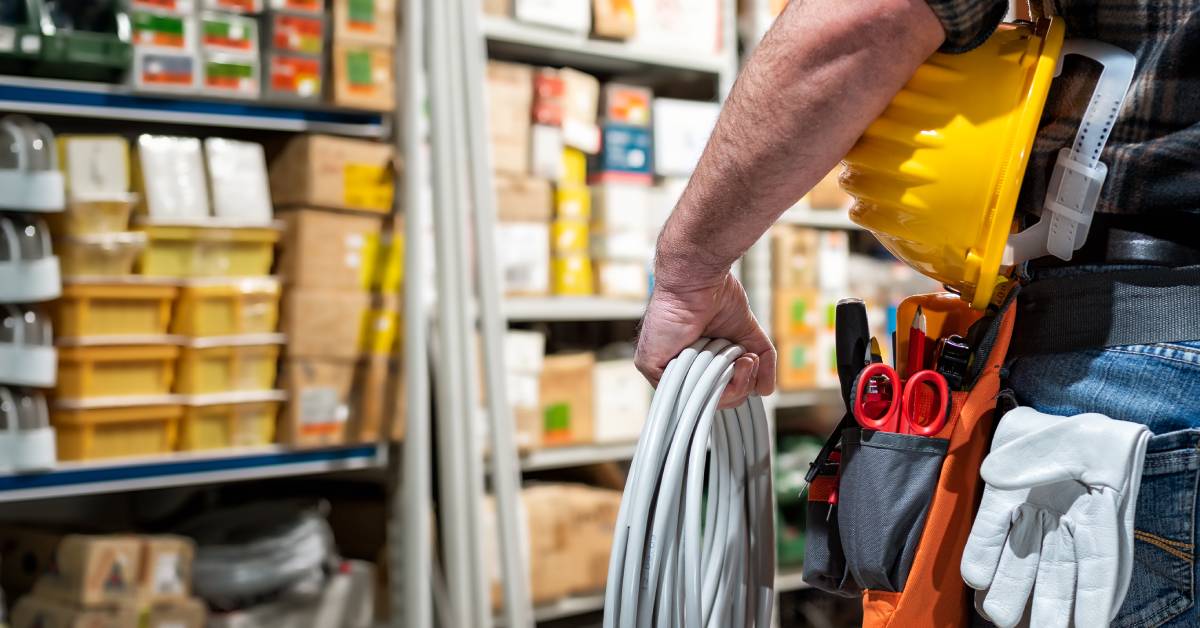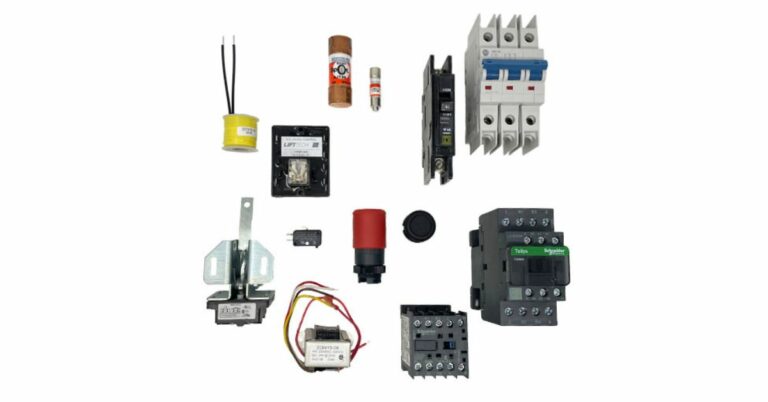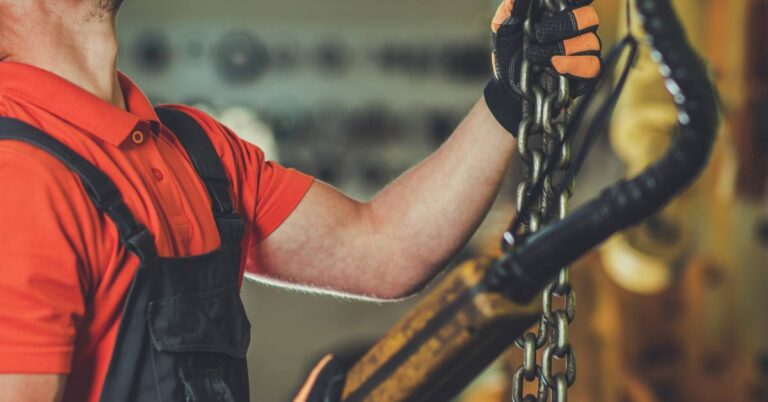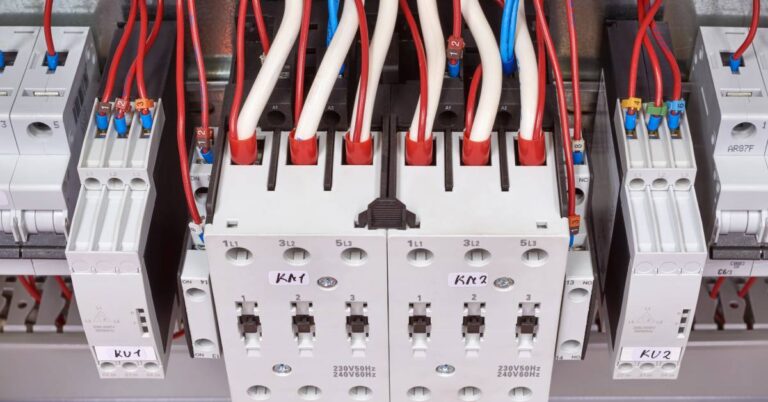Best Practices for Industrial Electrical Component Storage
If you work with industrial electrical components, you know how important it is to properly store and handle these sensitive materials. Improper storage can lead to damage, corrosion, or malfunction of electrical components. If this happens, you’ll have to swap out the affected parts, which means spending money and dealing with possible downtime and project delays.
To keep your wallet happy and your projects on track, follow these best practices for industrial electrical component storage.
Clean and Dry Environment
Electricity and water don’t mix, so avoid storing your electrical components in damp or wet conditions. Moisture can corrode metal components, damage insulation, and cause electrical shorts.
The location where you store your components should be cool, dry, and free from dust and debris. It’s also a good idea to keep the area well-ventilated to prevent any buildup of humidity.
Avoid Temperature Extremes
Extreme temperatures can also damage electrical components. High temperatures can cause insulation materials to melt or degrade, while low temperatures can render them brittle and prone to cracking. This could compromise the functionality of the component and potentially lead to safety hazards.
It’s best to store your industrial electrical components in a temperature-controlled environment, with temperatures ranging from 10–30 degrees Celsius (50–86 degrees Fahrenheit).
Proper Organization
Have you ever run into a situation where you needed to find a specific electrical component but couldn’t locate it? This can be a major time-waster and even lead to project delays. To avoid this, you should establish a clear and organized system for storing your components.
Invest in storage solutions such as bins, trays, or cabinets with dividers to keep your components sorted by type, size, or application. Label everything clearly so that you can easily find what you need when you need it.
Keep Track of Expiration Dates
Just like food products have expiration dates, some electrical components also have shelf lives, and you should use them before a certain date. This is especially true for items like batteries or capacitors, which can lose their charge over time.
Make sure to check expiration dates on your components periodically and rotate them out if needed. This way, you won’t end up using a faulty or expired component in your project.
Regular Maintenance and Inspections
Even with proper storage, electrical components can still degrade over time. That’s why it’s important to conduct regular maintenance and inspections to ensure everything is working properly.
Check for any signs of corrosion, damage, or wear and tear on your components. Replace any damaged parts immediately to prevent further issues down the line.
While it may be easiest to chuck your components in a drawer or storage bin and forget about them, taking the time to properly store and maintain them can save you money and headaches by preventing damage and making items easy to find. Use these best practices for industrial electrical component storage to put together a storage system that will keep your components safe and organized.
And if you’re in need of new electrical components to add to your collection, drop by Tanooga.com to see what we have to offer. We sell commercial electrical components like relays, switches, and fuses that make it easy for you to stock up on high-quality parts for your next project. We choose only the best of the best. You can trust that your components will be reliable and long-lasting—just remember to store them right so they stay that way.







